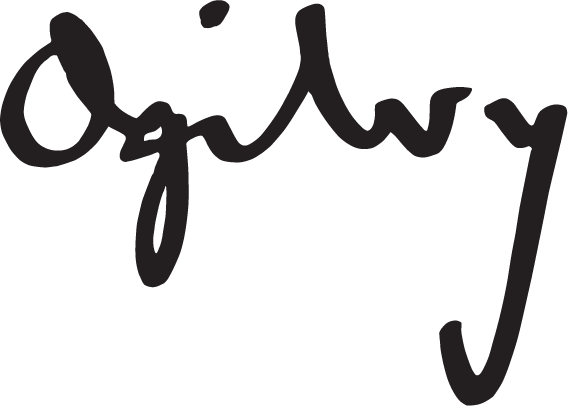Ogilvy 21 Feb 2018 // 8:15AM GMT

A wellness movement is rapidly growing around the world, and it is changing the way many people think about and approach their health. With the rising incidence of chronic diseases like diabetes and heart disease, coupled with the demands and rigors of our modern lifestyles, the notion of wellness is redefining health from “sickness and disease prevention” to “a fullness of life.” It is about a merging of the mind, body, and spirit with nutrition, medicine, and technology as the path to living a more healthful life.
Innovative technologies – from apps that track our diets to wearables that count our steps and monitor our sleep patterns – have been critical in driving the wellness movement, as consumers have enjoyed utilizing more data about their personal health to adopt healthier lifestyles. But these advances in technology aren’t just benefitting consumers; they’re also opening up creative avenues for the healthcare industry to connect and engage with its target audiences like never before, as well as new pathways for brands that aren’t in the “healthcare” vertical to take advantage of the space.
As marketers and communicators, we need to prepare brands and businesses for this new world, especially for the next-generation wellness technologies and approaches that will propel and create markets over the next decade.
Today, wearables and fitness apps are basic forms of biohacking that allow consumers to do things like count their steps or monitor their sleep quality. In the future, biohacking will be the norm, but it will be taken one step further as consumers look for new ways to optimize their performance, health, well-being, and quality of life through technology and biology.
In the next decade, we will see the rise of implantable health and fitness trackers. Consumers will be able to do things like monitor their fluids, heart rates, and even nutrient levels while exercising, or stay updated on their vitals throughout the year – not just during annual physicals. Such devices will open creative avenues for relevant brands to engage with consumers. Perhaps a bottled-water manufacturer could alert joggers before they get dehydrated, and direct them with a GPS tracker to a local market. Or maybe rising blood pressure would trigger an alert for someone to see a doctor about hypertension.
But implantables also open up new avenues for brands that might not traditionally be found in the healthcare space, and more opportunities for communications professionals to pave these roads. For example, these devices could be connected with voice-activated virtual assistants like Alexa, Siri, and Google Home, or with your smart home devices, so they know when you’re there, allowing you to do things like program your A/C to turn on when you walk in the front door, play soundtracks based on different groups of people in a room, etc.
Right now, we are working with clients to incorporate AI skills into our healthcare programs, such as smoking cessation, where motivated quitters have Alexa connect to the campaign app and help them track their last cigarette or contact someone for support when the cravings become overwhelming. Looking ahead, we may have personal virtual assistants integrated into next-generation implantable devices, so that the support and connectivity travel with us whether we’re at home, on the job, or on vacation. In that way, brands will have opportunities to connect with us and support our wellness goals where we live, work, and play.
![Kate Cronin Picture[1] Kate Cronin Picture[1]](/images/default-source/agency-images/ogilvy/kate-cronin-picture-1.tmb-thumb160.jpg) By: Kate Cronin is the head of Ogilvy Health & Wellness Practice, USA
By: Kate Cronin is the head of Ogilvy Health & Wellness Practice, USA


































.jpg)












